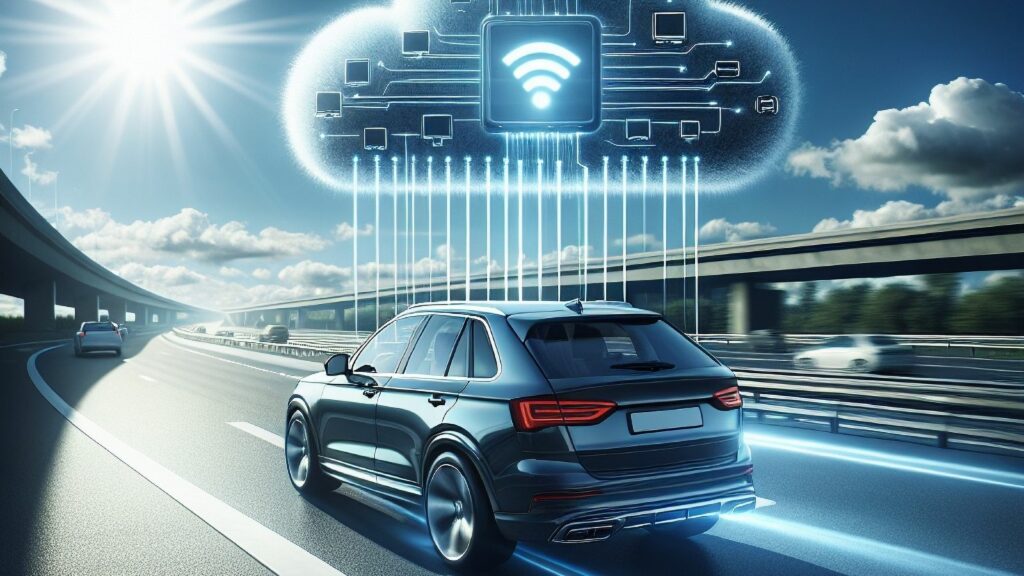The auto industry has undergone a seismic transformation in the 21st century. The changes have been both profound and far-reaching, from tech changes to consumer behavior to regulatory landscapes. Whether these shifts represent an evolution or a revolution is a matter of perspective, but there is no denying their impact. This article explores the 14 most radical changes that have defined the auto industry since 2000.
Electric Vehicles (EVs)
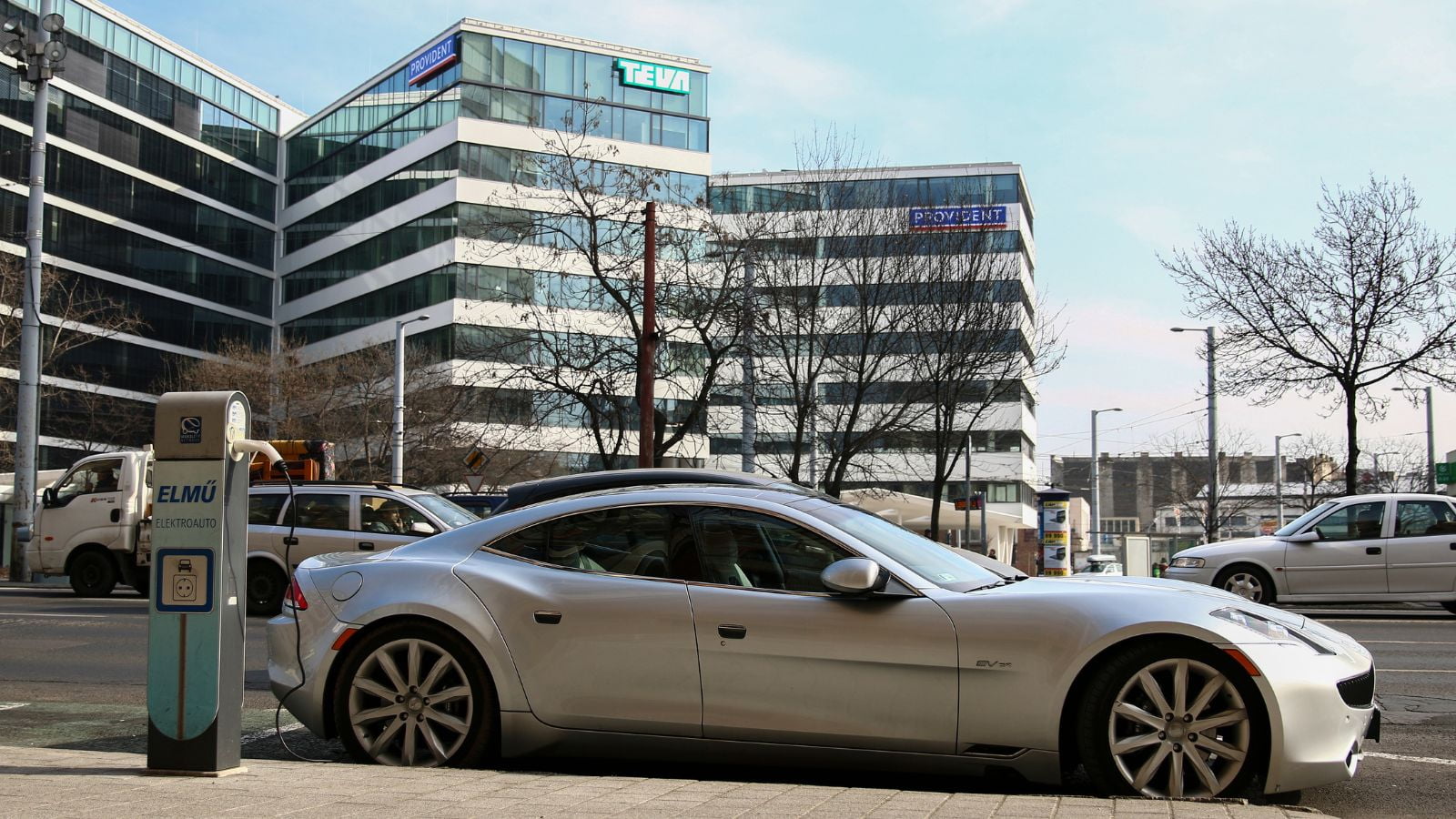
One of the most significant shifts has been the move from internal combustion engines (ICE) to electric vehicles (EVs). Spearheaded by companies like Tesla, EVs have moved from a niche market to a mainstream option. Advances in battery technology, increasing range, and growing infrastructure have made EVs a viable alternative, contributing to the decline in fossil fuel dependence.
Autonomous Driving
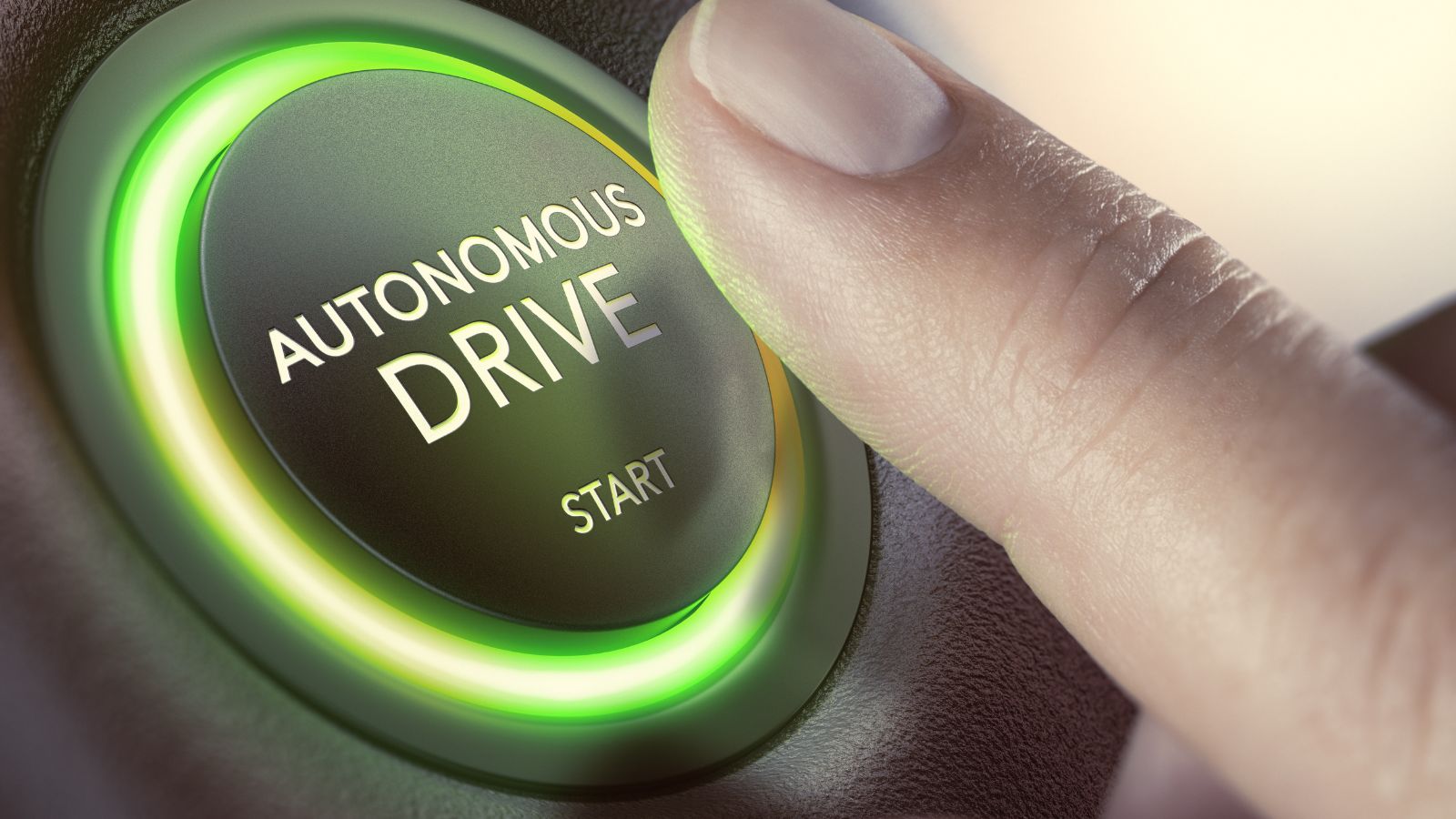
Autonomous driving technology is now a reality. Companies such as Waymo and Tesla have made substantial strides in developing vehicles that can navigate without human intervention. While fully autonomous cars are not the norm, features like adaptive cruise control and lane-keeping assist are increasingly common, paving the way for a future where human drivers may become obsolete.
Ride-Sharing Services

Ride-sharing services like Uber and Lyft have turned the world into one big carpool party. Since their inception in the early 2010s, they’ve revolutionized how we get from point A to point B, making traditional taxis look like relics from a bygone era—think of them as the rotary phones of transportation. With a few taps on your smartphone, you can summon a ride with a driver rated by people who’ve likely critiqued their karaoke skills as much as their driving. These services have made owning a car in the city about as necessary as owning a pet penguin.
Connectivity and Infotainment

Modern vehicles are more connected than ever before. In-car infotainment systems, navigation, and advanced driver-assistance systems (ADAS) rely on seamless internet connectivity. With Apple CarPlay and Android Auto, your car is practically begging to sync with your phone. And over-the-air updates? They’re like your car’s version of a surprise makeover—minus the awkwardness of a salon visit. Plus, Wi-Fi hotspots ensure that even if you’re stuck in traffic, you can stream cat videos without a hitch. The only downside? Your car might start judging your playlist choices or suggest you take a different route because it knows you’ve missed that exit more than once.
Sustainability and Green Manufacturing
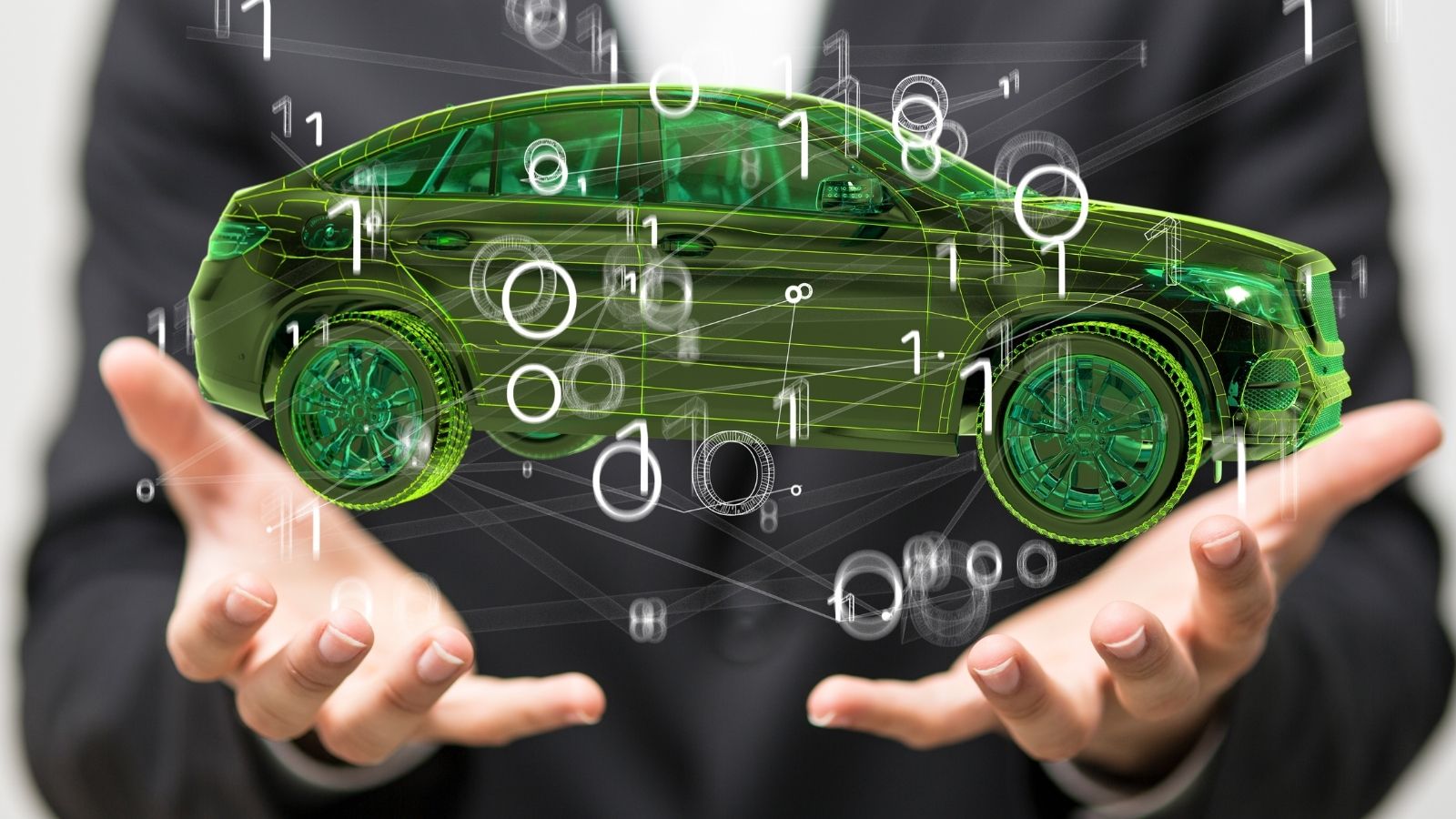
Sustainability has become a crucial focus for automakers. Companies are using recycled materials to make vehicles and ensuring that manufacturing processes are environmentally friendly. The industry is striving to reduce its carbon footprint. Companies like BMW and Volvo have set ambitious goals for reducing emissions throughout their supply chains, reflecting a broader trend towards greener practices.
Advanced Safety Features
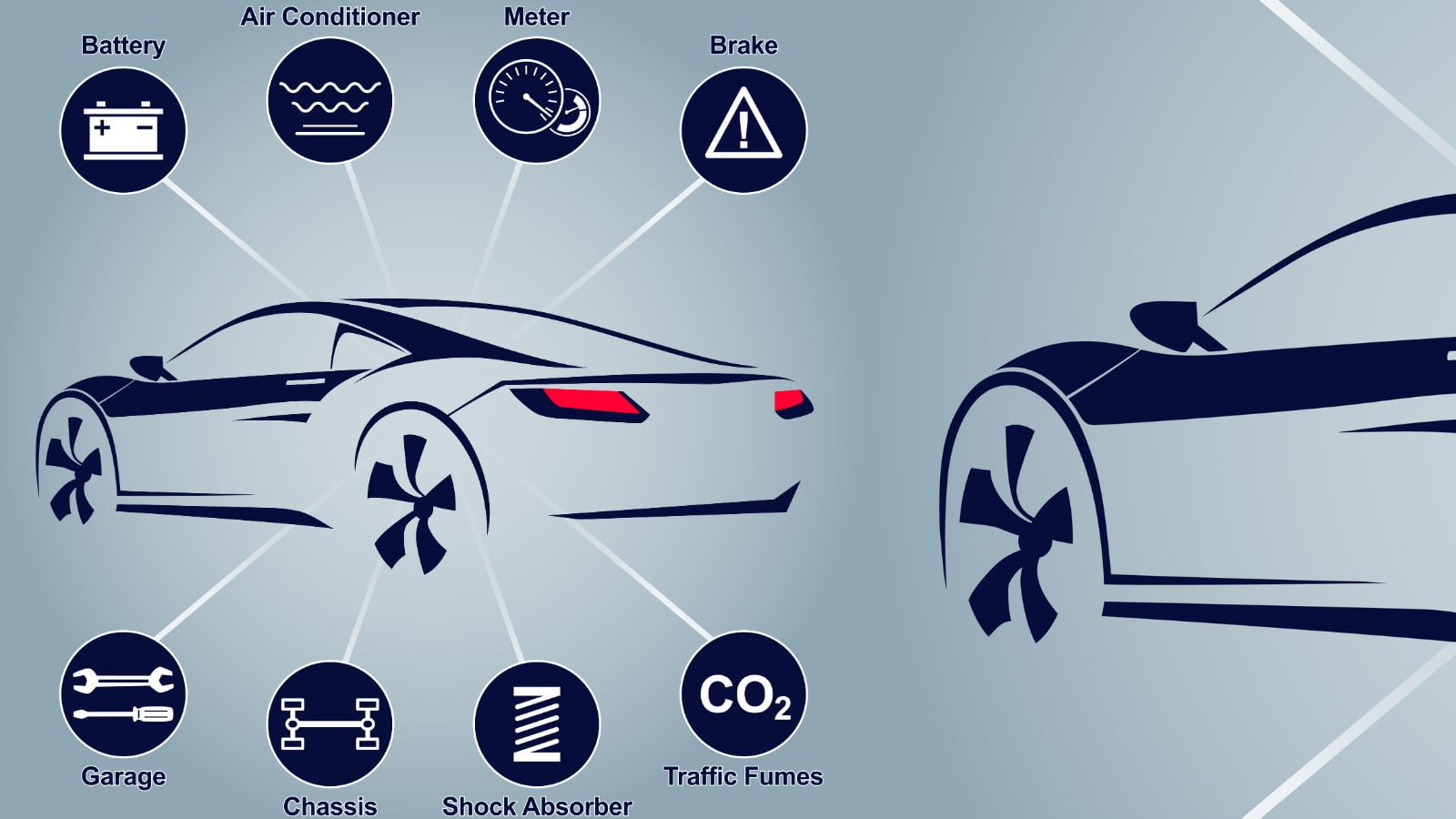
Safety has always been a priority in the auto industry, but the 21st century has seen the development of advanced safety features that were previously unimaginable. Adaptive Cruise Control (ACC) maintains a safe following distance by adjusting the vehicle’s speed based on traffic conditions. Blind-spot monitoring (BSM) uses sensors to detect vehicles in adjacent lanes, reducing the risk of side collisions. Rear Cross Traffic Alert (RCTA) also warns drivers of approaching traffic when reversing. Sensors, cameras, and radar support these features and have become standard in many modern vehicles. According to the Insurance Institute for Highway Safety (IIHS), vehicles equipped with AEB are 50% less likely to be involved in rear-end collisions, underscoring the significant impact of these technologies on road safety.
Lightweight Materials
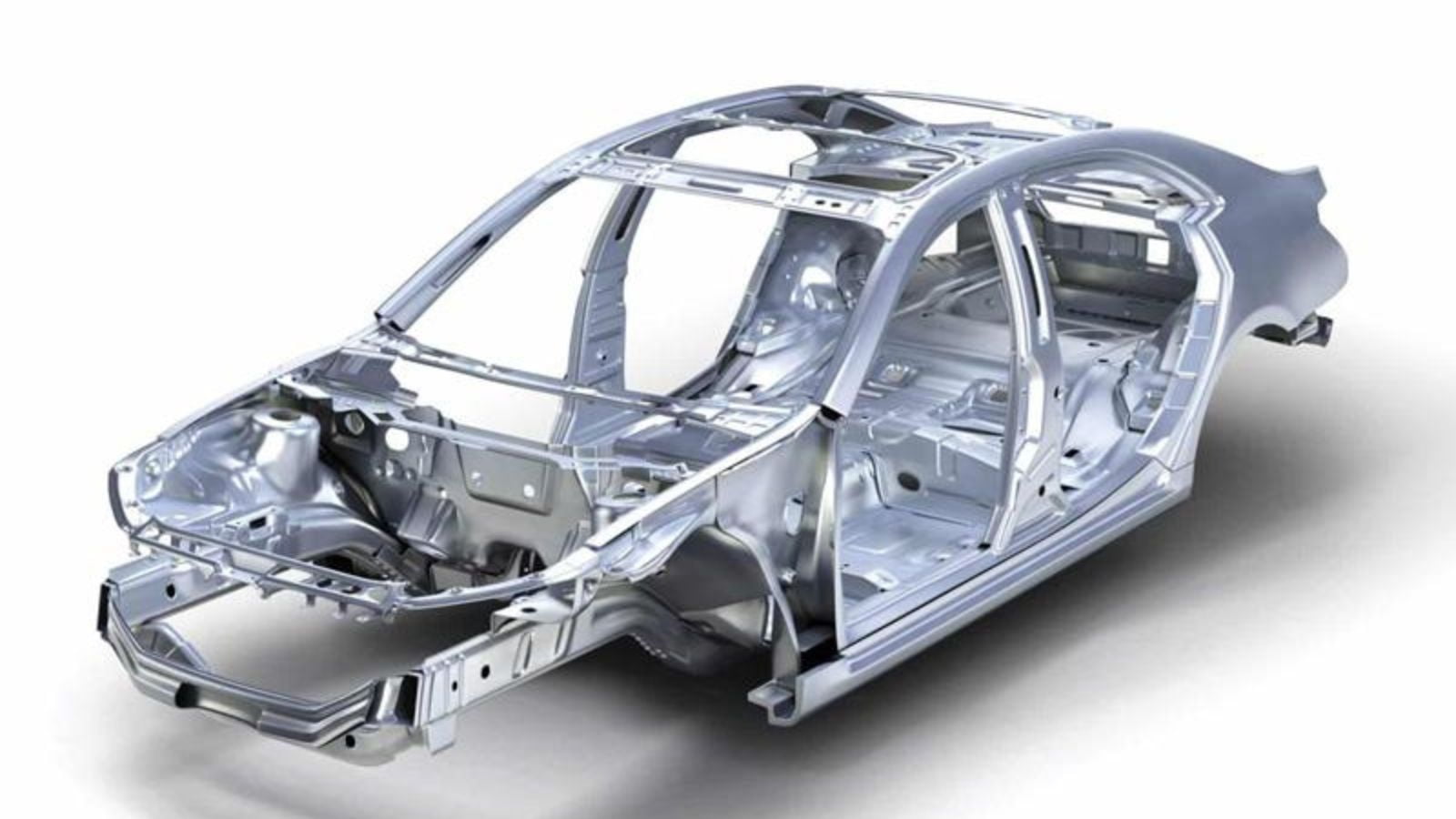
Lightweight materials have revolutionized automotive design, enhancing performance and fuel efficiency. Aluminum is widely used due to its strength and 30-40% lower weight than steel, significantly reducing vehicle mass and improving handling and acceleration. The Ford F-150, for example, transitioned to an aluminum body in 2015, resulting in a 700-pound weight reduction and better fuel economy. Carbon fiber, though more expensive, is used in high-performance vehicles like the BMW i8 and Ferrari LaFerrari for its exceptional strength-to-weight ratio, setting new benchmarks for vehicle design and efficiency.
Global Supply Chain Integration

The globalization of supply chains has profoundly impacted the auto industry. Parts and components are now sourced worldwide, leading to more efficient production processes and creating vulnerabilities, as evidenced by disruptions during the COVID-19 pandemic. Automakers are now re-evaluating their supply chain strategies to enhance resilience and flexibility.
Increased Regulation and Emissions Standards

Stringent emissions standards and regulations have forced automakers to innovate. Governments worldwide impose tougher rules to combat climate change, pushing the industry towards cleaner technologies. The shift towards EVs and hybrid vehicles is a direct response to these regulatory pressures, illustrating the significant impact of policy on industry trends.
Digital Retail and Direct-to-Consumer Sales

The traditional car dealership model is being challenged by digital retail and direct-to-consumer sales. Tesla’s success with this model has inspired other automakers to explore online sales platforms, allowing consumers to customize and purchase vehicles from the comfort of their homes. This shift has implications for dealership networks and the overall sales process.
Shared Mobility Solutions
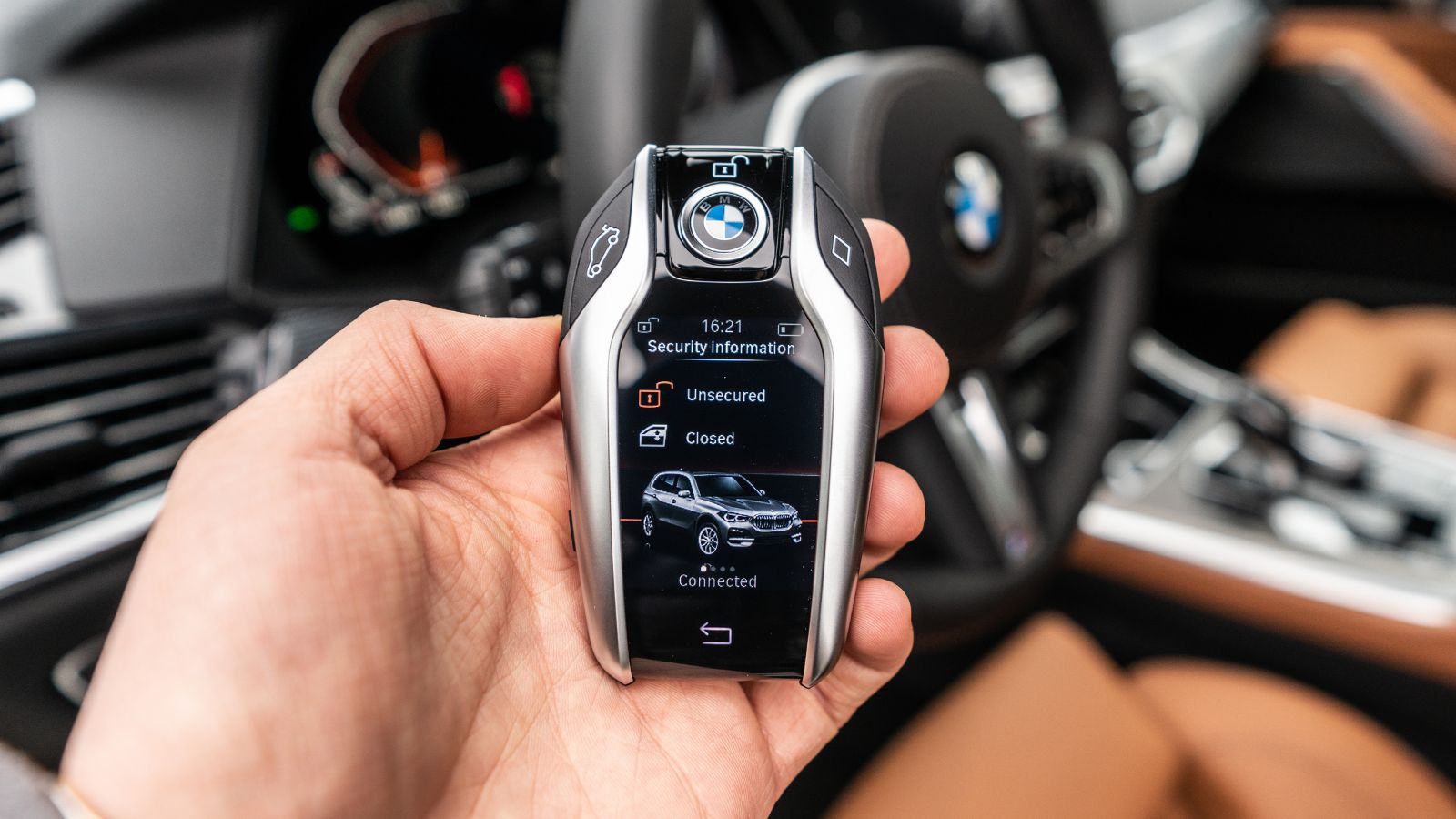
Beyond ride-sharing, shared mobility solutions such as car-sharing and micro-mobility options (e.g., electric scooters and bikes) have gained popularity. Car-sharing services such as Zipcar and Getaround allow users to rent vehicles for short periods, reducing the need for personal car ownership and parking. Ride-hailing platforms like Uber and Lyft have revolutionized urban transport by offering on-demand rides through mobile apps, often more cost-effective than owning a car. Micro-mobility solutions, including e-scooters and bike-sharing programs like Lime and Citi Bike, offer convenient short-distance travel alternatives. Shared mobility solutions are collectively reshaping urban transportation by offering flexible, sustainable, and cost-effective alternatives to traditional car ownership.
Hydrogen Fuel Cells
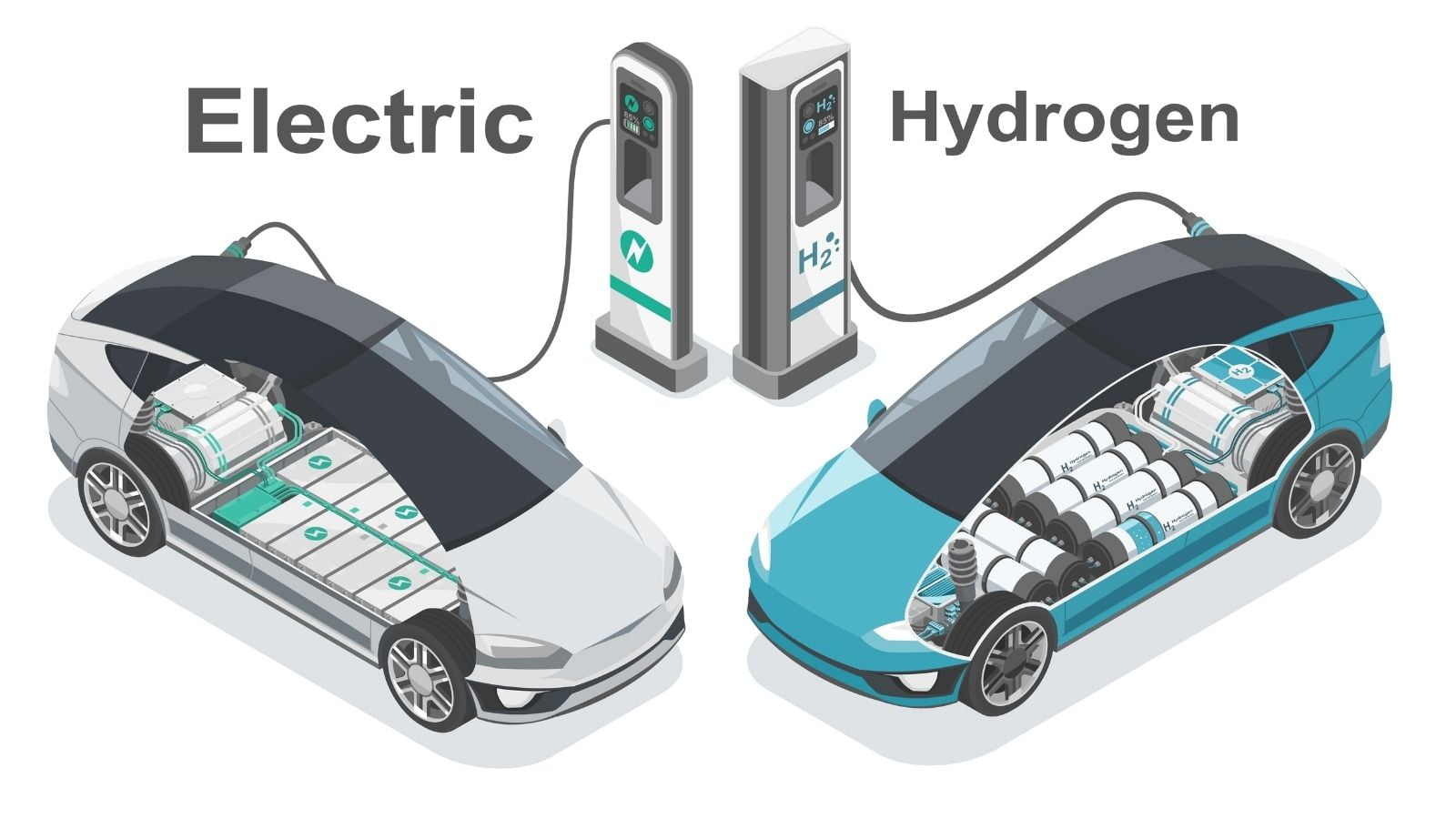
While electric vehicles have dominated the headlines, hydrogen fuel cells represent another promising technology. Companies like Toyota and Hyundai are investing in hydrogen-powered vehicles, which offer fast refueling and long-range benefits. Although still in the early stages of adoption, hydrogen fuel cells could play a crucial role in the transition to sustainable transportation.
Blockchain and Secure Transactions

Blockchain technology is emerging as a tool for ensuring secure transactions and data integrity in the auto industry. From tracking the provenance of parts to enabling secure, transparent vehicle history records, blockchain has the potential to enhance trust and efficiency. This technology is particularly relevant in increasing vehicle connectivity and cybersecurity concerns.
Artificial Intelligence (AI) and Machine Learning
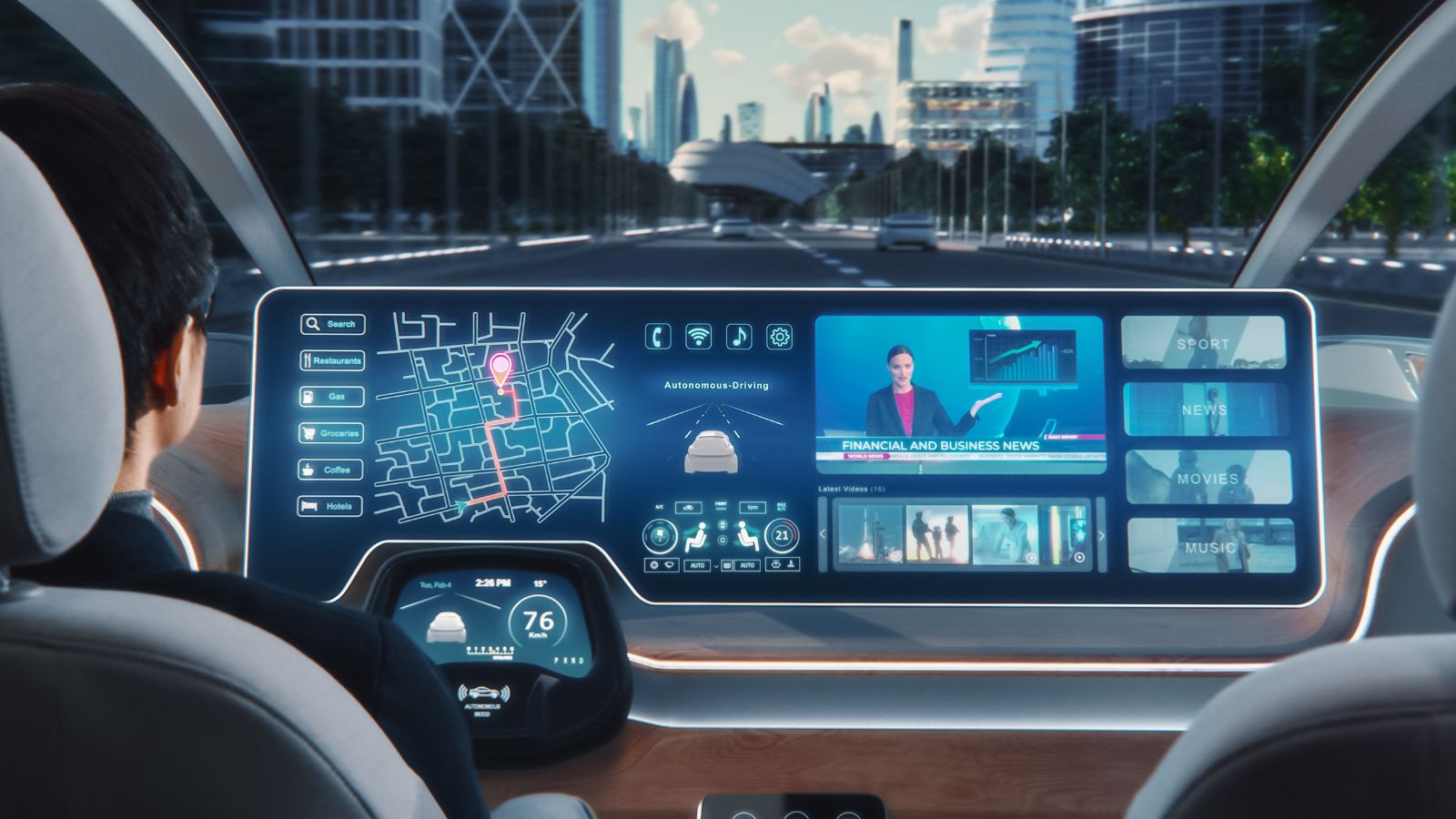
Artificial Intelligence (AI) and Machine Learning (ML) are revolutionizing the automotive industry. They have enhanced vehicle performance, safety, and driver experience. AI algorithms process vast amounts of data from sensors and cameras to enable features such as adaptive cruise control, lane-keeping assistance, and automatic emergency braking. For instance, Tesla’s Autopilot system uses deep learning to interpret real-time data, allowing semi-autonomous driving. Machine learning models also improve predictive maintenance by analyzing vehicle data to foresee potential issues before they arise. AI-driven infotainment systems offer personalized recommendations and voice commands, enhancing driver interaction.
14 Cars with a Reputation for Running Forever and Why They Outperform the Rest
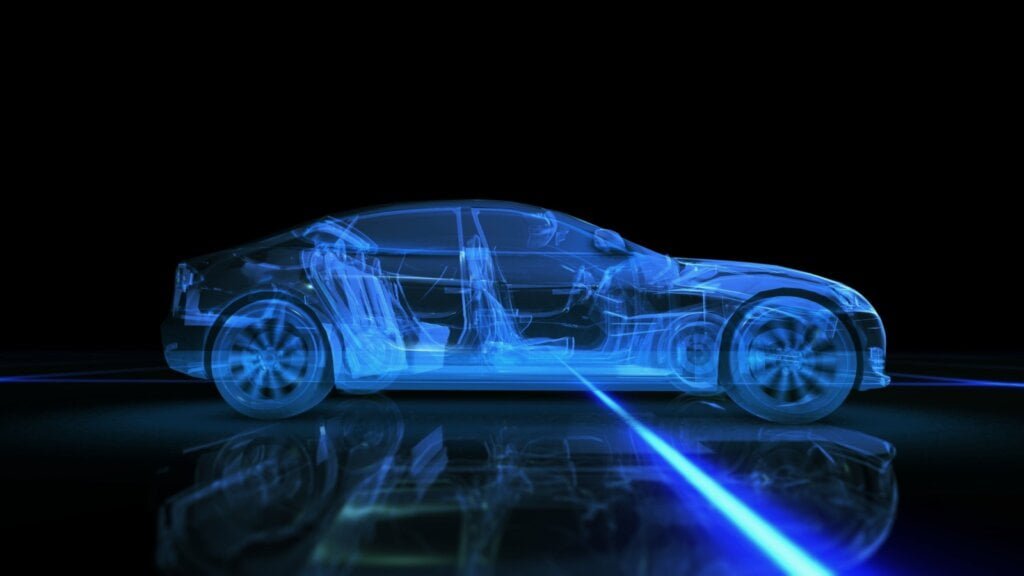
In the dynamic world of automobiles, some cars stand out for their remarkable longevity and enduring performance. These road warriors have earned a reputation for running seemingly forever, outpacing their counterparts. This article will explore 14 such vehicles and the reasons behind their legendary durability.
14 Cars With A Reputation For Running Forever And Why They Outperform The Rest
